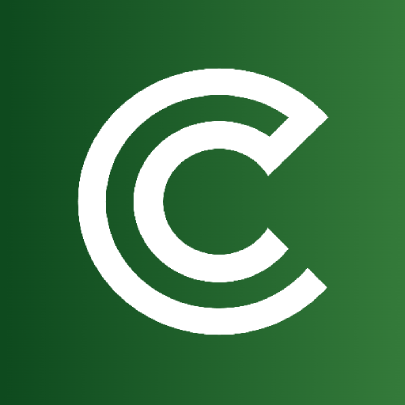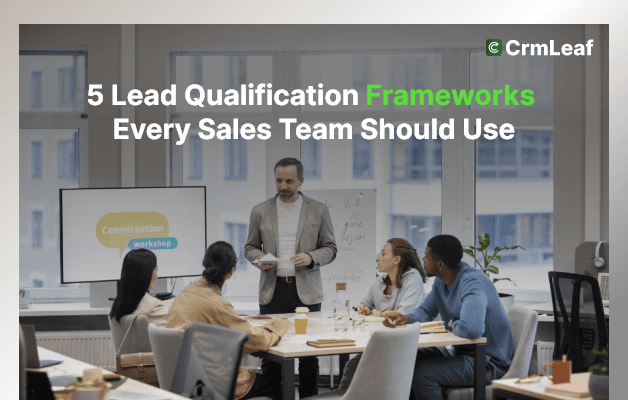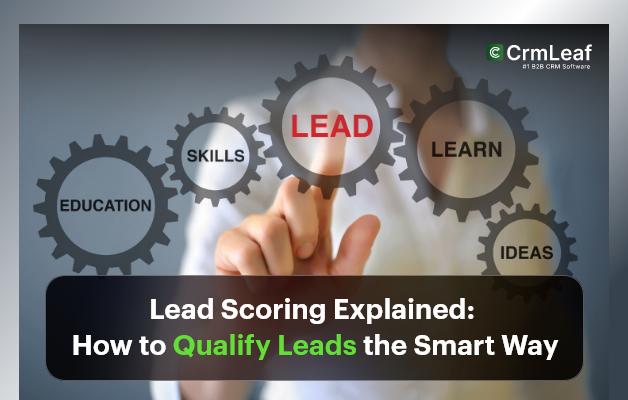Stop Guessing, Start Qualifying
Every sales team dreams of a full pipeline. But let’s be honest: a full pipeline of unqualified leads is worse than an empty one. It wastes your team’s time, stalls your forecasts, and frustrates everyone from sales to finance.
That’s where lead qualification frameworks come in.
These tried-and-tested systems help your team determine if a lead is worth the chase. When used with a CRM + ERP system like CRMLeaf, they become even more powerful, bringing structure, visibility, and revenue predictability.
In this blog, you’ll learn about five powerful frameworks that separate the tire-kickers from real buyers, and how to put them into action.
Why Lead Qualification Frameworks Matter
Lead qualification is more than just a checklist—it’s your frontline filter for revenue. With thousands of leads pouring in from ads, content, events, and referrals, it’s critical to know which ones to prioritize.
Why It Matters for Growing Businesses
- Time is Money: Sales reps often spend 30-50% of their time on leads that never convert. A qualification framework reduces time wasted and improves focus on high-potential prospects.
- Budget Efficiency: Marketing teams burn cash on unqualified MQLs. Qualification frameworks ensure alignment between marketing and sales, improving ROI.
- Cross-Team Planning: Finance and operations can forecast accurately when sales aren’t chasing ghosts, creating better alignment on revenue targets and resourcing.
Industry Scenarios:
- A tech startup uses qualification to zero in on enterprise leads with urgent pain points, focusing on long-term contracts.
- A manufacturing company applies scoring based on production capacity and purchase readiness, ensuring they’re speaking to procurement decision-makers.
- A consulting firm filters clients by budget, timeline, and stakeholder authority to avoid long sales cycles with unqualified leads.
Bottom line: qualification frameworks empower smarter selling and sustainable growth.
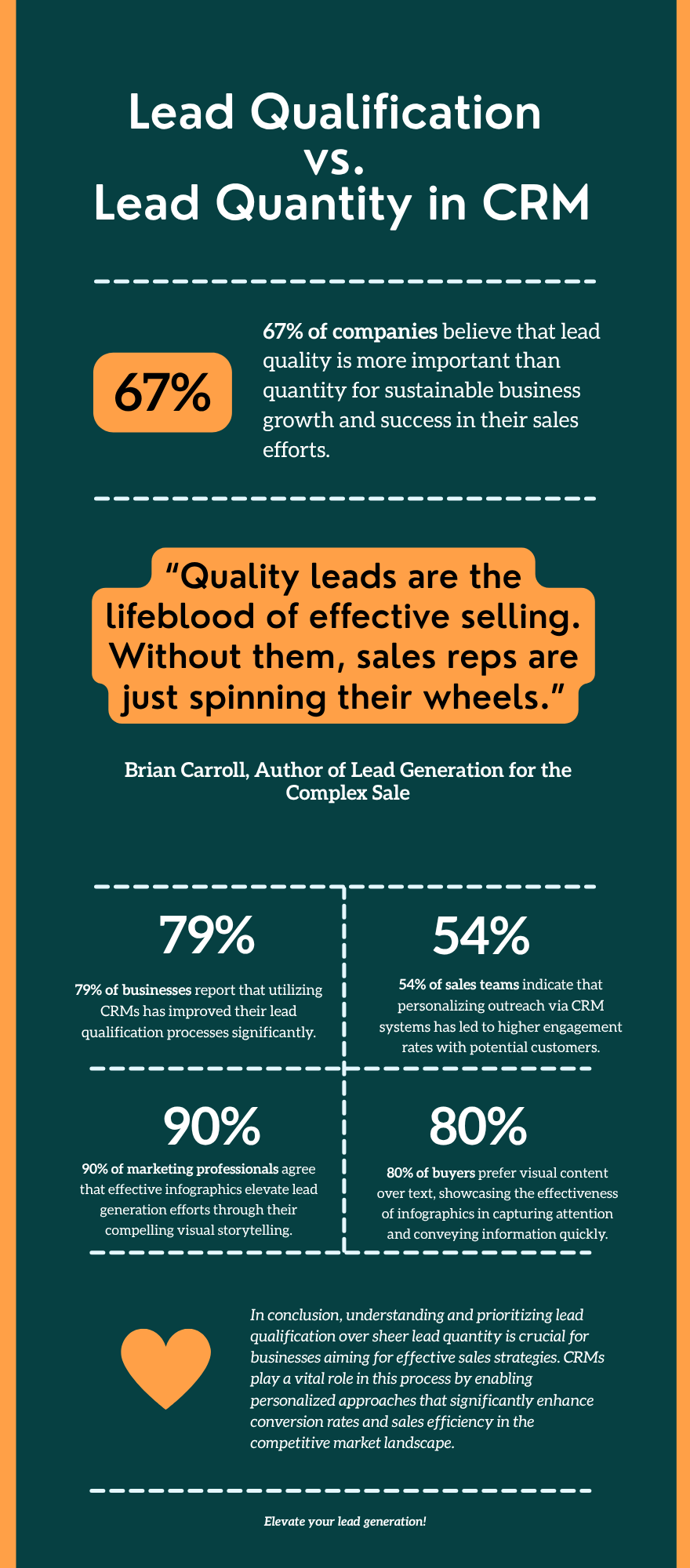
5 Lead Qualification Frameworks to Use Today
BANT: Budget, Authority, Need, Timeline
Best For: Fast-moving sales teams that need clarity before engaging deeply.
- Budget: Determine if the prospect has allocated funds or the willingness to invest. This ensures your solution aligns with their financial capacity.
- Authority: Confirm whether the person you’re speaking to can make or influence the purchasing decision. This helps avoid stalled deals.
- Need: Identify if the lead has a real business problem your product can solve. This reveals solution fit.
- Timeline: Understand when the buyer intends to purchase. A lead ready to decide in 30 days ranks higher than one evaluating options for next year.
Use with CRMLeaf: Automatically tag or score leads based on survey responses or discovery call inputs that reflect each of these BANT elements.
CHAMP: Challenges, Authority, Money, Prioritization
Best For: Solution-focused teams that want to build value first.
- Challenges: Start the conversation around their biggest pain points. Solving a key challenge builds trust and urgency.
- Authority: Clarify who signs off on decisions and ensure you’re engaging the right person early in the cycle.
- Money: Ask about budget expectations tactfully. This helps prevent chasing leads who can’t afford your solution.
- Prioritization: Determine if solving the challenge is a top priority. If it’s not urgent, the deal may stall despite a good fit.
Use with CRMLeaf: Attach custom fields in lead records to track each of these values and trigger follow-up sequences based on urgency and priority.
MEDDIC: Metrics, Economic Buyer, Decision Criteria, Decision Process, Identify Pain, Champion
Best For: Complex B2B sales cycles involving multiple stakeholders.
- Metrics: Identify the measurable KPIs the buyer wants to improve. Knowing these helps you tailor your pitch around real business outcomes.
- Economic Buyer: Pinpoint the budget holder. Engaging this person early ensures buy-in and smoother procurement.
- Decision Criteria: Understand what features or outcomes are most important to the buyer. It helps position your solution effectively.
- Decision Process: Clarify the steps, committees, or evaluations involved. This prevents delays from unexpected roadblocks.
- Identify Pain: Go deep into what challenges are causing friction in their business. Pain drives action.
- Champion: Find someone inside the organization who advocates for your solution. They provide insights and help you navigate internal dynamics.
Use with CRMLeaf: Create opportunity stages with checklists for each MEDDIC component. Link to ERP data for budget validation and opportunity scoring.
GPCTBA/C&I: Goals, Plans, Challenges, Timeline, Budget, Authority/Consequences & Implications
Best For: In-depth consultative selling, especially in high-ticket environments.
- Goals: Uncover what the client aims to achieve. Goals drive the motivation for change.
- Plans: Explore what strategies or solutions they are currently using to achieve these goals. Identify gaps your product fills.
- Challenges: Diagnose what’s preventing success. The clearer the challenge, the stronger your case.
- Timeline: Determine when the client wants to implement a solution. Timing affects resource planning and urgency.
- Budget: Evaluate the financial resources committed to solving the issue. A mismatch can disqualify leads early.
- Authority: Confirm decision-making roles. It avoids misaligned communication and wasted follow-ups.
- Consequences & Implications: Highlight what happens if the issue is resolved—or left unresolved. This reinforces urgency and ROI.
Use with CRMLeaf: Build a custom qualification form that sales fills out after discovery, which auto-populates reporting dashboards and syncs with opportunity records.
ANUM: Authority, Need, Urgency, Money
Best For: Sales teams who want to qualify quickly and efficiently.
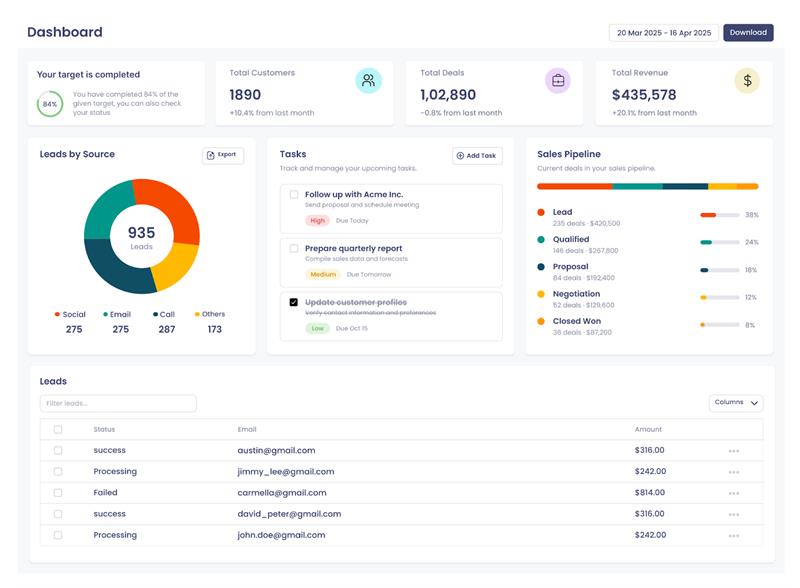
- Authority: Start by identifying the decision-maker. This saves time by ensuring you pitch to the right contact.
- Need: Quickly confirm that the lead has a tangible problem your product addresses. Without a need, there’s no deal.
- Urgency: Determine if the need is pressing. Urgent problems are more likely to convert fast.
- Money: Assess if there is a budget or appetite to spend. This qualifies whether a solution is feasible.
Use with CRMLeaf: Use automation to prompt reps to enter ANUM answers immediately after the first contact. Filter out low-fit leads early.
Customer Success Snapshot
“NexEdge Logistics, a growing transportation tech company, was overwhelmed by inconsistent lead quality. Reps were chasing conversations instead of conversions.”
After implementing the BANT and CHAMP frameworks in CRMLeaf:
- Sales productivity improved by 35% in 60 days.
- Lead-to-opportunity conversion rates jumped 22%.
- Sales and finance aligned on high-value targets using CRMLeaf’s real-time dashboards.
They now operate with clarity, qualifying leads faster and spending more time where it counts.
Key Takeaways
Using the right lead qualification framework transforms your sales process from reactive to intentional.
- Frameworks like BANT, CHAMP, and MEDDIC help structure your conversations and improve targeting.
- CRM + ERP tools like CRMLeaf bring automation, visibility, and alignment across teams for smarter decisions.
- Customization is key — pick the framework (or hybrid) that fits your sales motion, customer profile, and buying cycle.
Your best deals aren’t hidden — they’re just buried under noise. Qualification helps you find them.
Want to qualify faster and close smarter? Book your CRMLeaf demo to implement these frameworks today.
